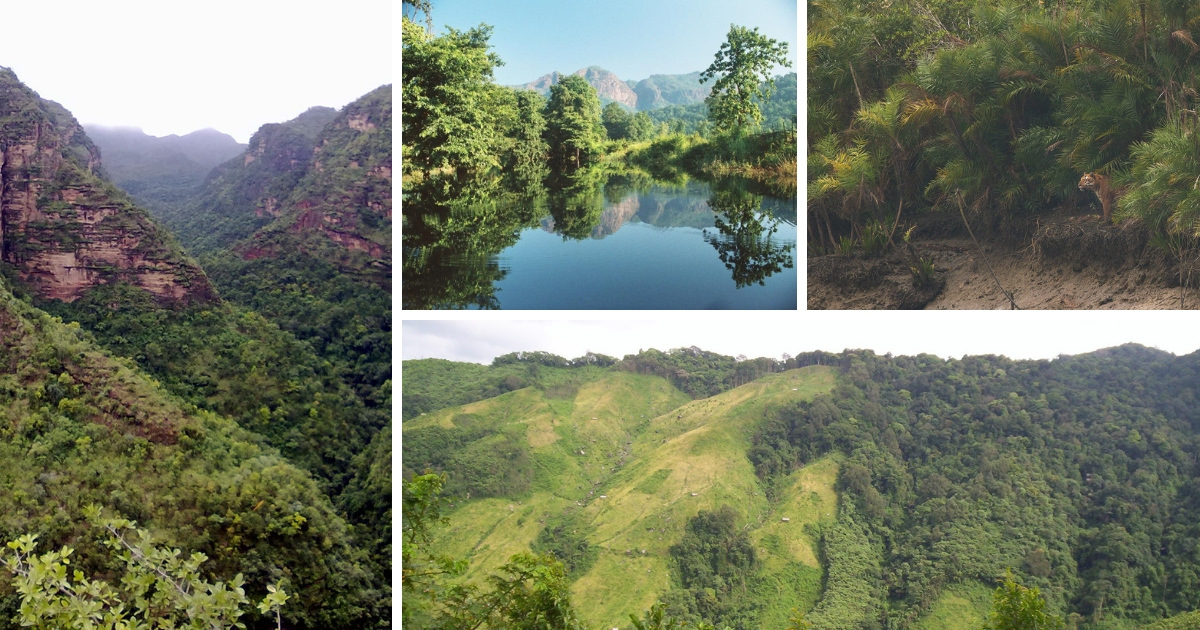A biosphere reserve is an ecosystem with animals, and plants of unusual natural and the scientific interest. The label of the biosphere reserve is given by UNESCO for the protection and conservation of these sites. The basic plan is to promote, the education, research, management, and conservation of the ecosystem. The plan for protection also includes the sustainable, and wise use of natural resources. For example, if trees and fish are used by human beings, then their use is in such a way, that there is the least damage to the ecosystem.

The biosphere reserves are the areas of coastal, and terrestrial ecosystems, which promotes the solution to reconcile the conservation of the biodiversity, along with its sustainable use. Biosphere reserves are recognized internationally and are nominated by the national governments. The biosphere reserves remain under the sovereign jurisdiction of the states in which they are naturally found. In some ways, biosphere reserves serve as the natural laboratories, for demonstrating, and testing out the integrated management of the land, water, and biodiversity of that area. Collectively, a world network is formed by the biosphere reserves. Within this network, the exchange of personnel, experience, and information is facilitated.
Number of Biosphere Reserves in World
In 124 countries, there are 701 biosphere reserves and each year, the number is growing by twenty. In the Nordic countries, the biosphere reserves are found since the 1970s. Currently, in the Nordic countries, there are 11 biosphere reserves, and seven of them are located in Sweden.
Organization of Biosphere Reserve Zones
The biosphere reserves are mainly organized in three zones, such as core areas, buffer zones, and the transition areas.
Core Zones: These zones are protected by the law, e.g. national parks, and the national reserves.
Buffer Zones: These zones are interconnected core areas. Activities and the use of available resources in these zones should be consistent along with the protection. Restrictions in these zones are mostly based on the voluntary agreements by the locals, and they may include economic compensation.
Transition Areas: In the biosphere reserves, the transition areas, are the outer zones. The sustainable development by the local community is prioritized. This zone is important for the social, and the economic development of the region. Water and the land use may occur in the core areas and the buffer zones provided that it is consistent, and desirable, with the nature conservation goals, and aims.